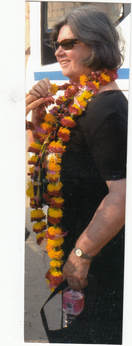 Sherrill on her birthday in North India
Sherrill on her birthday in North India ...From an email to our daughter, October 2006.
When Sherrill and I returned from India, people wanted to know our impressions. It was hard to sort them out, but the strongest was the kaleidoscope of color. Navigating the crowded streets of Old Delhi, we were swept up in the preparations for the annual Festival of Lights, people buying candles, fireworks, and gifts to honor Lakshmi, goddess of beauty, wealth, and good fortune. The streets were lined with sellers of marigolds and buildings draped with lights. We were dazzled everywhere by the colorful saris women wore, even sweeping out their houses, tending children, or working in the fields. The sculptures on temples often were painted rainbow colors. On special occasions people threw powdered colors on each other.
A couple of days later, our little group was back in bicycle rickshaws, this time weaving through the hectic streets of Varansi on the way to the Ganges River, making our way through motor scooters, small trucks, taxis, bikes, and other rickshaws streaming in all directions, each intersection such a whirlpool that we never knew where we'd come out. Finally, leaving the rickshaws, we followed our guide on foot through a maze of alleys and tiny streets.
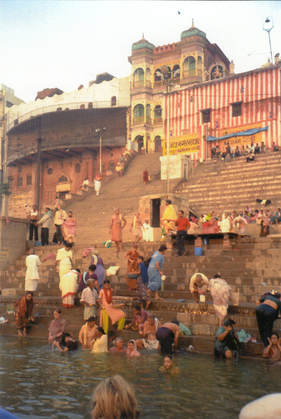 Morning bathers, Ganges, Varanasi
Morning bathers, Ganges, Varanasi The next morning, we were up at 4:15 to go out on the river to watch the sun rise as people went through their daily ablutions, after which we hiked with our friend Hala and our guide through winding streets and hidden neighborhoods. The local people mostly ignored us. Back then, few tourists went there, but Sherrill and I always felt that Varanasi was a high point in our years of traveling.
Our guide invited Hala and our group of ten to his home in Agra for Dawali so that we could experience the beauty and warmth of the holiday. Outside, it was exquisitely decorated with burning oil lamps, marigolds, and other flowers. Inside, his wife had created a shrine with flowers, images of the deities, and small oil lamps. Their son, who was in graduate school in Delhi, had come home for the occasion. The family welcomed us as if we were old friends, serving us traditional homemade treats. This intimate celebration was another highlight of the trip and of our travels.
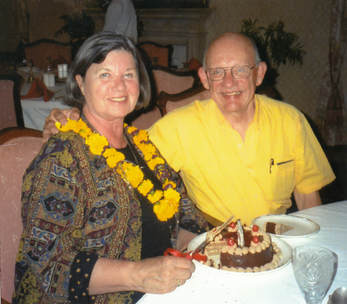 Sherrill's birthday, Bikaner
Sherrill's birthday, Bikaner When Sherrill woke up the next morning, I handed her a small package.
"Happy Birthday!"
When she unwrapped it, she discovered a chain with a 100 year-old rupee coin with King George V's portrait on it that I'd bought in an antique store the day before. After breakfast, Hala draped three huge necklaces of roses and marigolds around her neck, wishing her a happy birthday. Then we all toured Birkaner in three-wheel auto-scooter taxis, including a visit to a camel breeding farm where we ate camel milk ice cream—very rich, not great, but not too bad. That evening at dinner, Hala had arranged for a beautiful birthday cake to be brought out for Sherrill.
"Why doesn't someone do something?" Sherrill wanted to know.
As if he'd heard her, a man got out of a car and began directing the traffic, himself, breaking up the logjam.
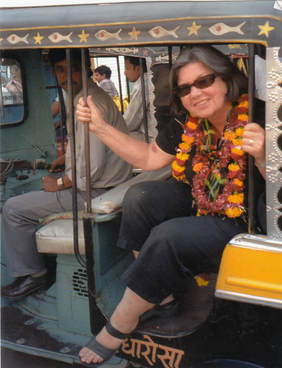 Sherrill, 3-wheeled taxi, Bikaner
Sherrill, 3-wheeled taxi, Bikaner "Namaste," we greeted each other, putting our hands together—which means, "I greet the light within you."
Some of the villagers wanted their pictures taken with us. A brightly dressed woman with an ornate nose ring connected with a chain to her ear was waiting with her grandson for a bus. Several buses picked up villagers and dropped off others. Our guide brought us tea from the man who ran a little shop, but when he tried to pay the man refused his money.
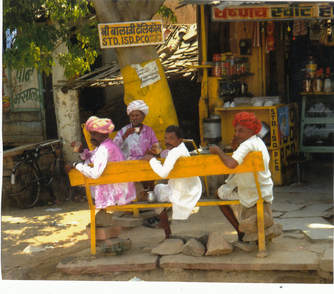 Tea stop en route to Chhatra Sagar Camp: men splattered with color at wedding party
Tea stop en route to Chhatra Sagar Camp: men splattered with color at wedding party At the village, we were invited to join a pre-wedding celebration. The groom's family had come to meet the bride's family, but the groom wasn't allowed to see the young bride—she looked about fifteen—until the wedding day. The grandfather blessed us, putting the spot representing the third eye on each of our foreheads.
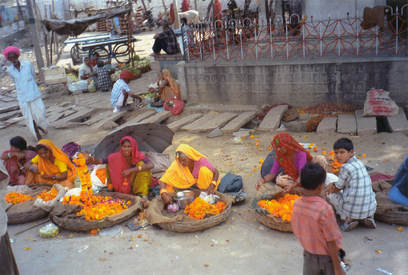 Marigold sellers en route to Ranakpur
Marigold sellers en route to Ranakpur From the boats, we walked through gardens and courtyards, past shrubs covered with small lights and ponds with shimmering flowers. Then we joined the other guests for the evening's event honoring Lord Brahma, creator of the universe. Speeches, music, and dances followed, then fireworks, cocktails (alcoholic, this time) and buffet dinner. During drinks, the Maharaja wandered around shaking hands. With his portly physique, white beard, and moustache, he looked like an Indian Santa Claus. He was the 76th head of the Mewar dynasty, although, of course, he no longer ruled anything, except his businesses.
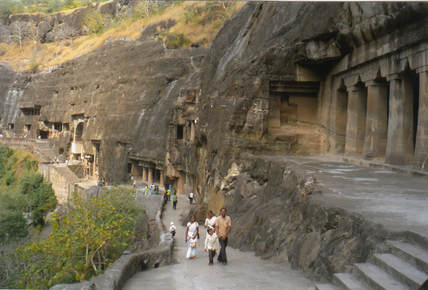 Ajanta: cave shrines and monasteries
Ajanta: cave shrines and monasteries "Yes, the economy is growing," he told us, "but corruption has become a way of life."
We spent most of the day exploring the caves (lots of carved stairs). All of the art, from giant statues to small exquisite paintings, was about Buddha. For over a thousand years, the caves were safe because they were abandoned and forgotten. Now, they may need to be closed again to preserve them.
Sherrill stopped to talk with an elderly caretaker while I climbed higher. When he asked her age and she told him, he was astonished.
"And she still has her own teeth!" he shouted to his friends.
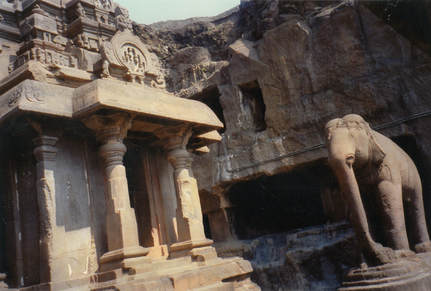 Ellora: Temple & elephant statue carved from the mountain
Ellora: Temple & elephant statue carved from the mountain To be continued....
Please pass the posts on to anybody else you think might enjoy them.
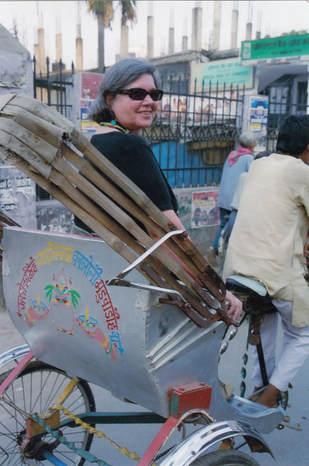
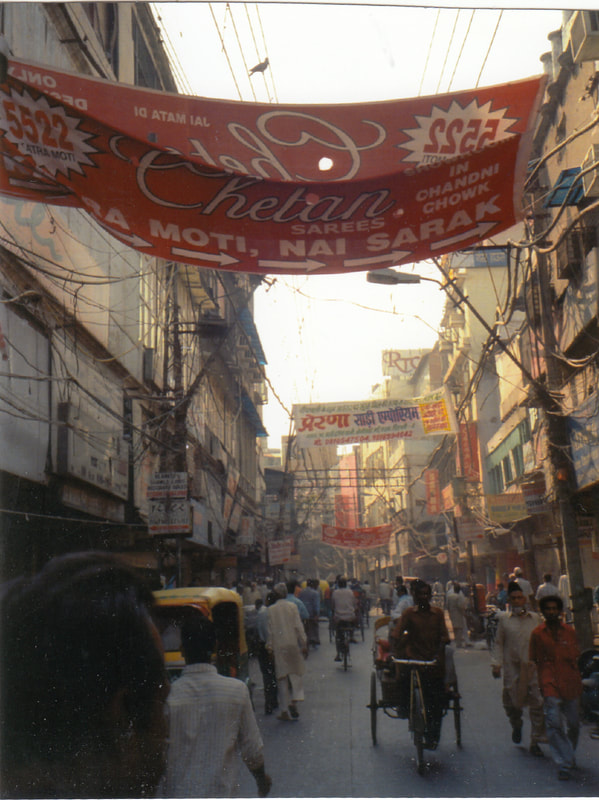
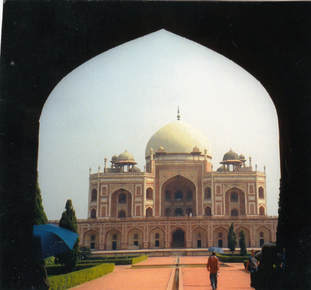
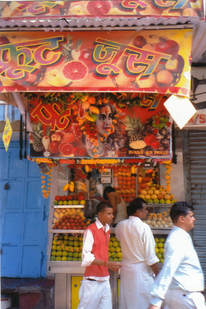
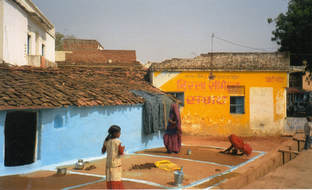
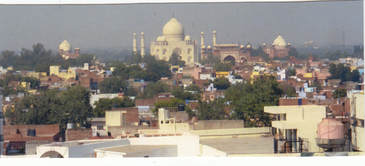
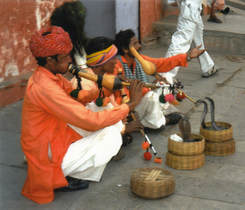
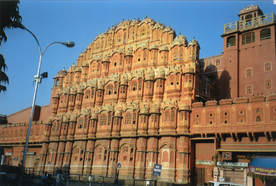
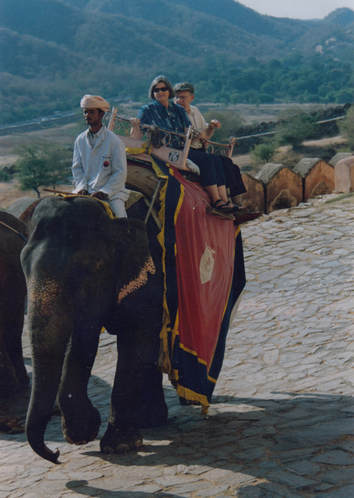
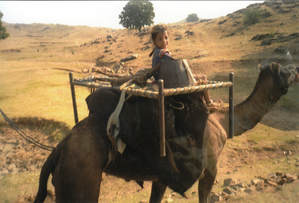
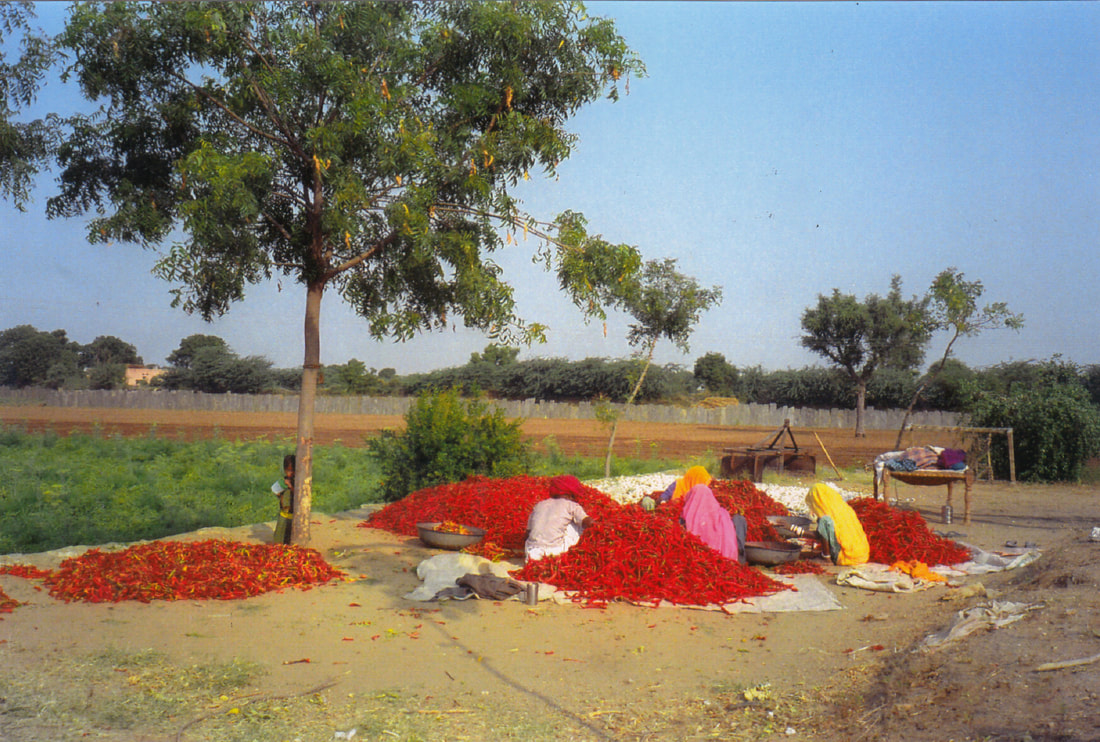
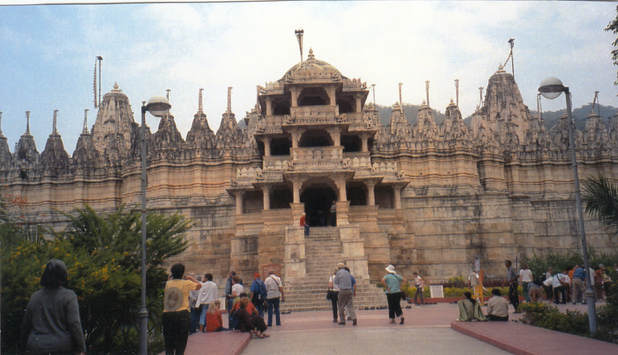
 RSS Feed
RSS Feed